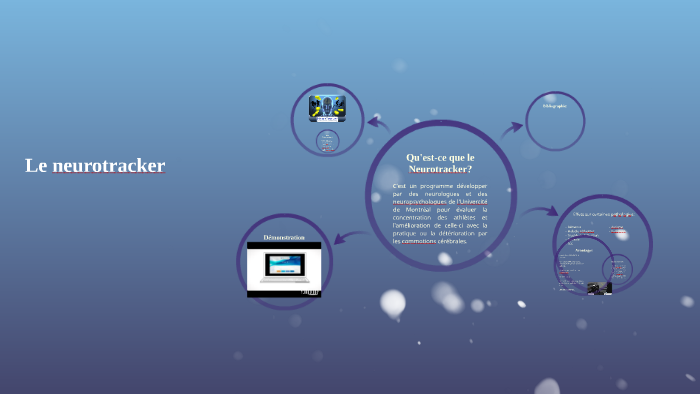
If a concussion impacts any of the processes used to interpret depth, then the world around can become a very confusing place. Depth perception is a critical factor in how we navigate the world safely, especially when driving. These cues are processed in separate regions of the visual centers of the brain, then pieced together by higher-order visual systems to generate a realistic sense of distance for everything in the environment.Īgain, perceiving depth with absolute or relative motion will complexify demands on the brain. There are many perceptual processes involved which utilize visual cues such as stereoscopy, perspective, texture, and tonal gradients. Depth perceptionĭepth perception is the ability to see the world in three dimensions, coupled with the ability to judge the relative distances of objects – how far or near they are. This stimulation can regress athletes back to being symptomatic after they had seemingly recovered.

Particularly in team sports, fast changing, dynamic scenes place a constant strain on visual acuity. It’s a concern for athletes in post-concussion recovery phases. Small impairments can significantly impair a person’s ability to focus on things in front of them. Similar to eye tracking issues, visual acuity places demands on fine grain ocular motor skills. This means both eyes must not only have accurate alignment but also maintain that accuracy simultaneously while changing viewing angles. Dynamic visual acuity involves maintaining a clear focus on moving objects, including moving closer to, or further away from, the perceiver. It relies on accurate focus, requiring each eye to align precisely with an object being viewed. Visual acuity relates to clearly seeing, inspecting, identifying and understanding objects viewed at a near or far distance. This is why some advanced concussion assessments integrate balance tasks with stimulation of the peripheral vision, revealing effects of mTBIs that otherwise go unnoticed. It’s also fundamental to balance, as the brain uses optic flow cues to understand it’s orientation in the world. In fact, it requires the activation of much larger neural networks compared to perception in the central field of vision. However, processing information across the peripheral visual field comes with a heavy mental load, particularly when the environment or perceiver is in motion. Intuitively it seems simple to be aware of what’s going on around us, for example when driving a car or crossing a road. Peripheral VisionĪlso known as side vision, peripheral vision is what is perceived around the outer edges of the visual field. If jittery eye movements are revealed, even if extremely subtle, it reveals a tell-tale sign that an individual is affected by mTBI, or a related cognitive impairment. In turn, this creates visual noise making it much more difficult for the visual centers of the brain to interpret what is being seen.įor this reason, some vision assessments include eye-tracking tests, using a smooth pursuit task. The result is jittery movements instead of precise pursuit movements, which leads to loss of focus.
Concussions often affect the complex muscular system around the eyes.

When following an object in motion, such as a puck, soccer ball or an opponent, your eyes need to maintain focus while moving smoothly to maintain tracking. Here we’ll cover 5 keys ways visual performance can be disrupted by Mild Traumatic Brain Injury (mTBI). The latest neuroscience research also reveals that vision is integrated with the ‘ command centers’ of the brain, in the frontal lobe regions. This is why large areas of the brain are devoted to visual processing. In sports, for example, up to 90% of information coming in is processed by vision. Of all the sensory information our brains process from moment to moment, vision dominates. When just one part of the chain of mental processing is affected, our ability to function can be critically impaired. High-level cognitive functions are the most likely to be disrupted because they involve many brain regions. Concussions can impact brain functions in many ways.


 0 kommentar(er)
0 kommentar(er)
